The 18-mile extension of MAX Blue Line from Downtown Portland to Hillsboro reaches its 25th anniversary on Sept. 12
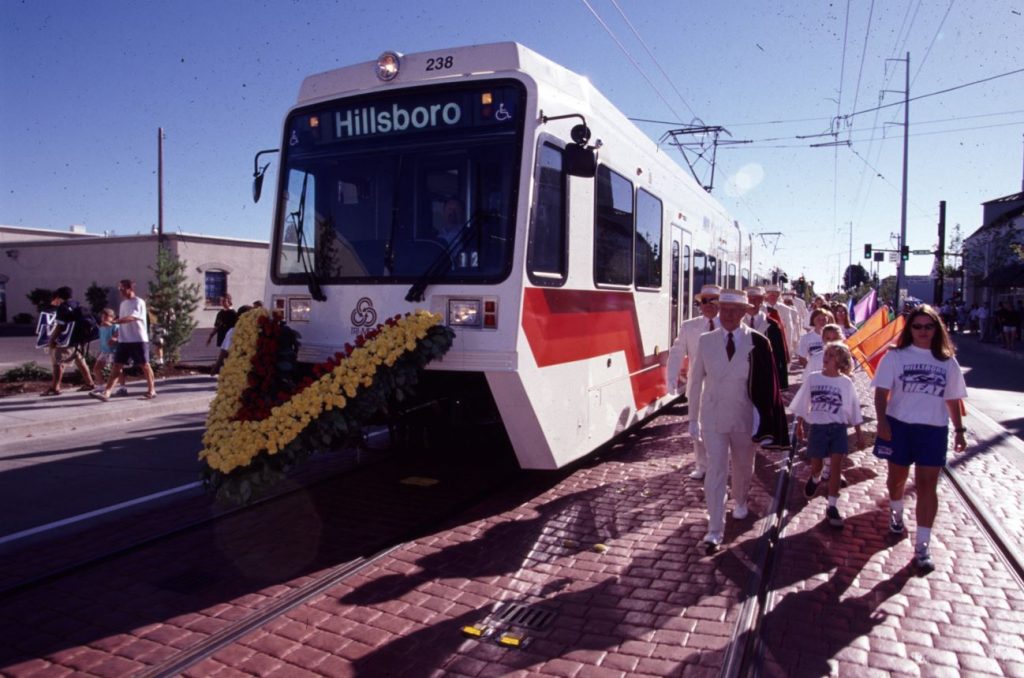
The first public riders to make a MAX Blue Line trip all the way from Gresham to Hillsboro did so on a warm Saturday in September. It was 1998— 12 years after the first stretch of the Blue Line opened, which linked Downtown Portland to Gresham. Construction of the new 18-mile Westside extension had proven to be its own massive undertaking, lasting for more than five years at an overall cost of $963 million. After all that time waiting, following a robust period of public outreach, September 12, 1998, was its own momentous and long-awaited occasion.
As TriMet reaches the 25th anniversary of the grand opening of the Westside MAX Blue Line Extension, we look back and celebrate a project that has helped relieve congestion, develop communities and improve the quality of life for people across our region, for the past quarter century.
For Washington County, the impacts have been monumental.
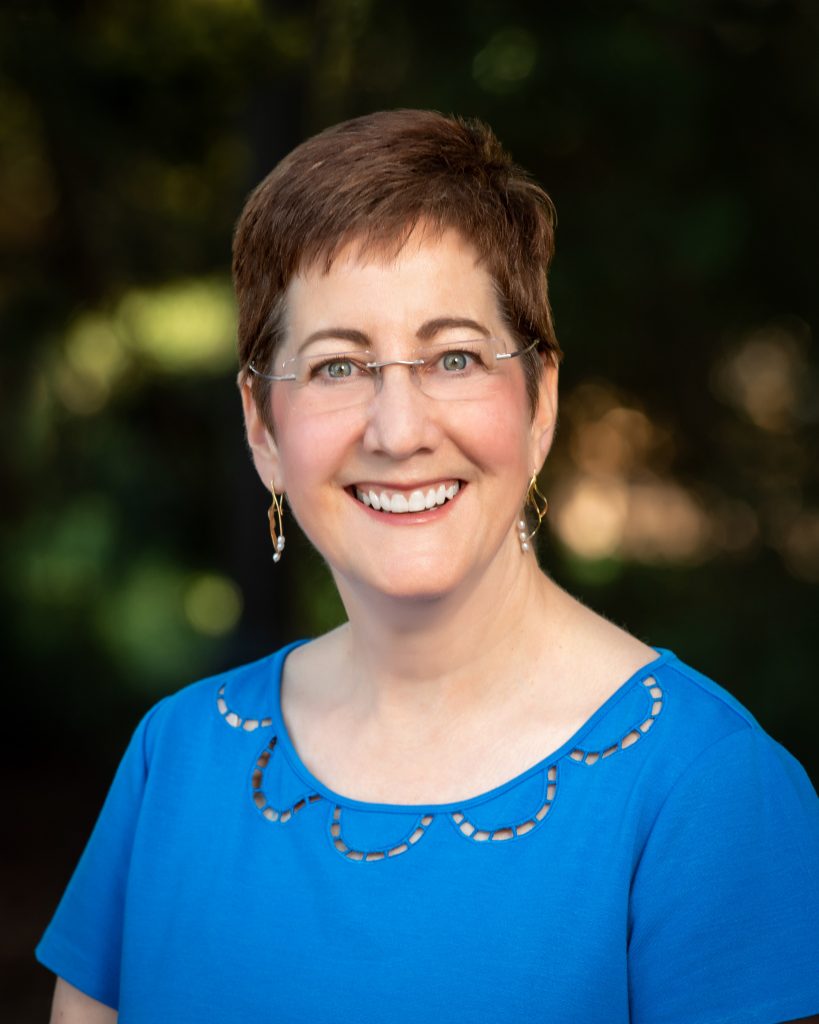
“To me, the 25th anniversary is really a special milestone. I’ve been able to see… how valuable the Westside expansion of MAX has been to our individual lives as well as our collective community lives,” Washington County Chair Kathryn Harrington said. “It enabled Downtown Beaverton to further develop, as well as Hillsboro—and not just downtown Hillsboro. In order for us to seek federal funding for the Westside MAX, we had to show that we were offering more housing.”
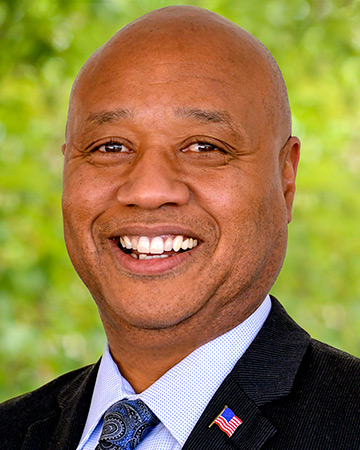
“Extending MAX west to Washington County was the fulfillment of a promise TriMet and local leaders had made decades before, and it set an example for expansions of the MAX system that would come later,” TriMet General Manager Sam Desue Jr. said. “Over the past 25 years, we have been committed to building and maintaining the most efficient and reliable light rail system possible, taking cars off the road, helping people reach their destinations and supporting the growth of the community.”
Planning pays off
To start at the beginning, you have to go back to 1979.
Superman was the top-grossing movie, “My Sharona” topped the music charts and 60 Minutes—yes, a televised news magazine—was the highest-rated television program. It was also the year the seeds were planted for a light rail line to Washington County.
Originally, there had been some discussions for the first MAX line to follow the Sunset Highway west, but instead, funds from the defunct Mount Hood Freeway were transferred to a package of regional transportation priorities that included the Banfield light rail project. That first MAX line was completed in 1986. But once done, there was little time to wait for the next move. It was westward-ho, with planning for the Westside extension kicking off in 1988. Then, in November 1990, voters approved Ballot Measure 26-1 by a 3-1 vote, allowing the issuance of bonds to help pay for the project.
During the project’s planning phase, community members had an opportunity to weigh in. TriMet has made community engagement a cornerstone of all major service decisions to give residents an opportunity to share their voices and learn more about our projects. As a resident, Washington County Chair Harrington said she attended several of the neighborhood association meetings that occurred to discuss the planning of Westside stations, including Willow Creek and Sunset Transit Center.
Looking back on the project now, she’s proud that it accomplished what planners said it would.
“It has really unlocked a lot of potential,” Harrington said. “It has exceeded people’s (initial) vision. People want to know how future MAX lines will build on the community, with walking and biking access and improved transportation all throughout the area.”
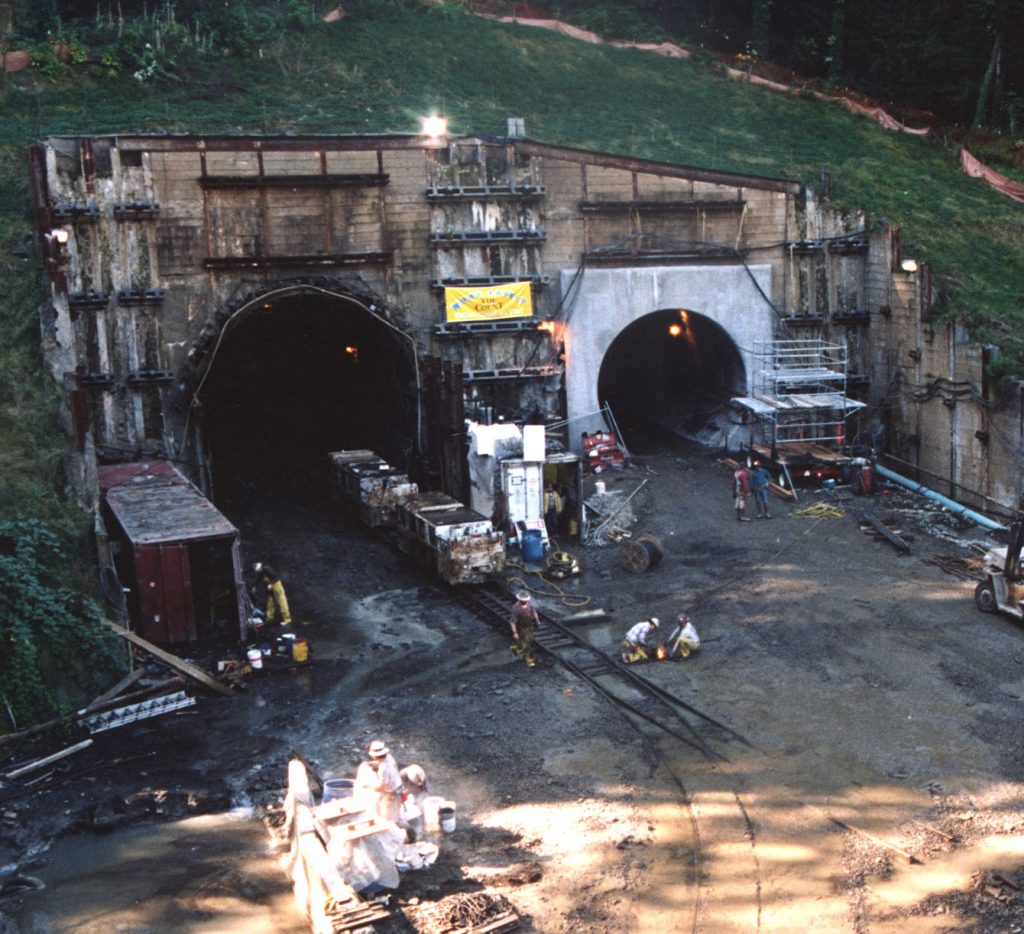
Challenges and solutions underground
The Westside MAX Blue Line Extension’s biggest construction challenge was more than 16 million years old. Rock—metric tons of it—mainly volcanic basalt, had been lying dormant since the Miocene era. But this basalt wasn’t alone. Also underground were soft silt deposits that were scattered sporadically, making the earth under the West Hills an inconsistent mix of brittle, mushy and hard—the geological equivalent of baklava.
Before digging could commence, engineers had to gather as much information as they could about what to expect. TriMet spent years researching and engineering the Westside tunnel, with geologists drilling 25 test holes up to 300 feet down to sample soil, rock and ground water. These holes, and the bounty of information they produced, acted as the engineers’ eyes, allowing them to produce maps of an underground world no one had ever seen. With this information, engineers chose to give the tunnel curves, allowing miners the best digging conditions possible.
It would take 18 months of blasting and boring to punch three miles through the hillside. Later came construction of the Washington Park MAX Station. It would come to feature art displays referencing the geological history of the location. The main display, running the length of a wall on the eastbound platform, remains a site of interest 25 years later. It’s a long transparent tube containing a core sample. On the wall, the various geological eras are etched, allowing riders to walk along and track the progression of time.
The station would become, and still remains, the deepest subway tunnel in North America. Care and thought were also given to the surface-level plaza, connecting to the Washington Park Zoo, World Forestry Center and Hoyt Arboretum 260 feet above—the equivalent of going to the top of the Umpqua Bank Plaza.
Twenty-five years after opening, what are now the Robertson Tunnel and Washington Park MAX Station continue to be modern-day marvels, where a marriage of engineering and artistry come together to help people travel efficiently and in style.
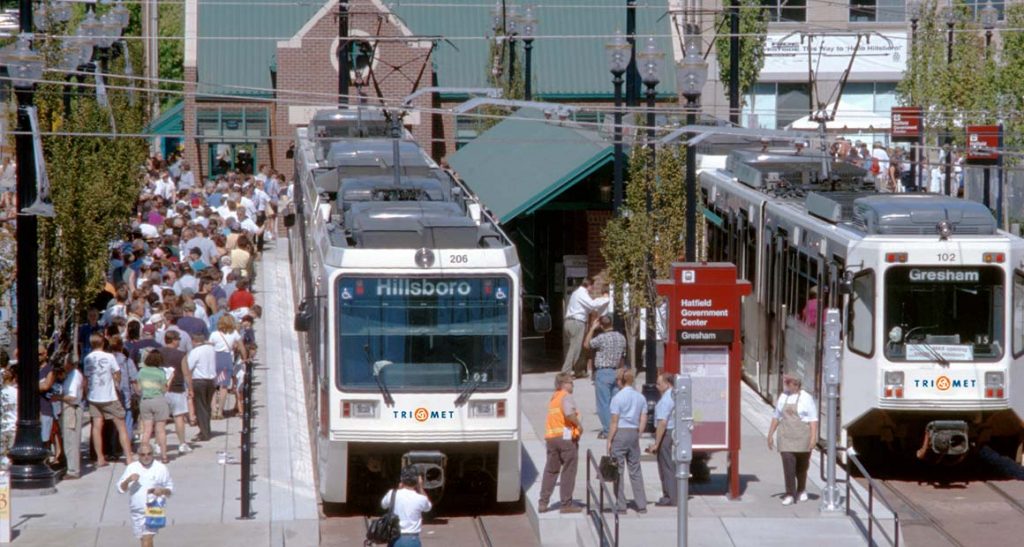
Building boom, boon to economy
In preparing for the Westside MAX Extension, planners chose an alignment that would take trains past undeveloped parcels—most notably in Washington County, but in Portland as well. The end result was the project being a catalyst for $825 million in residential and commercial development. Prominent developments that sprung up include Orenco Station, one of the high-density, mixed-use developments that began planning in conjunction with the Westside MAX Blue Line Extension. It was in addition to the “The Round,” a civic plaza built around Beaverton Central, Centerpointe, apartments near Beaverton Creek and Stadium Station apartments, near Goose Hollow.
The Westside MAX Blue Line Extension created a more direct and attractive connection between two major employment centers: Downtown Portland on one end of the line; the Silicon Forest on the other. Today, MAX Blue Line serves more riders than any other MAX line, providing around 30,000 trips every weekday. And because it covers an extensive 33 miles, between the heart of Gresham and Downtown Hillsboro, the line also covers more ground for riders than any other bus or MAX line, with about 176,000 passenger miles made every day. It’s one of many examples of how decades of forward-thinking and planning are paying off for tens of thousands of riders a quarter century later!

MAX extension continues with Better Red
The lessons of the past are being applied today.
The MAX Red Line was built just a few years after the Westside MAX Blue Line Extension, completed in 2001. It fulfilled another longstanding promise, this time to bring light rail to Portland International Airport, part of regional master planning that started in the 1980s. Now, more than two decades after opening, TriMet is working on improvements to the line to make it more efficient—and to provide improved service to riders between Portland and Washington County. The project will extend the Red Line 10 stations west, from Beaverton Transit Center to Fair Complex/Hillsboro Airport.
It’s also adding another track and additional infrastructure near Gateway Transit Center and Portland International Airport to improve train movement and keep trains moving throughout the MAX system. TriMet is doing this to continue meeting the growing demands of the region and foster even better connections among our riders.
A multi-year project scheduled to complete next year and fully open to the public in fall 2024, A Better Red is now about 70% completed. For more information on the project, visit trimet.org/betterred.
